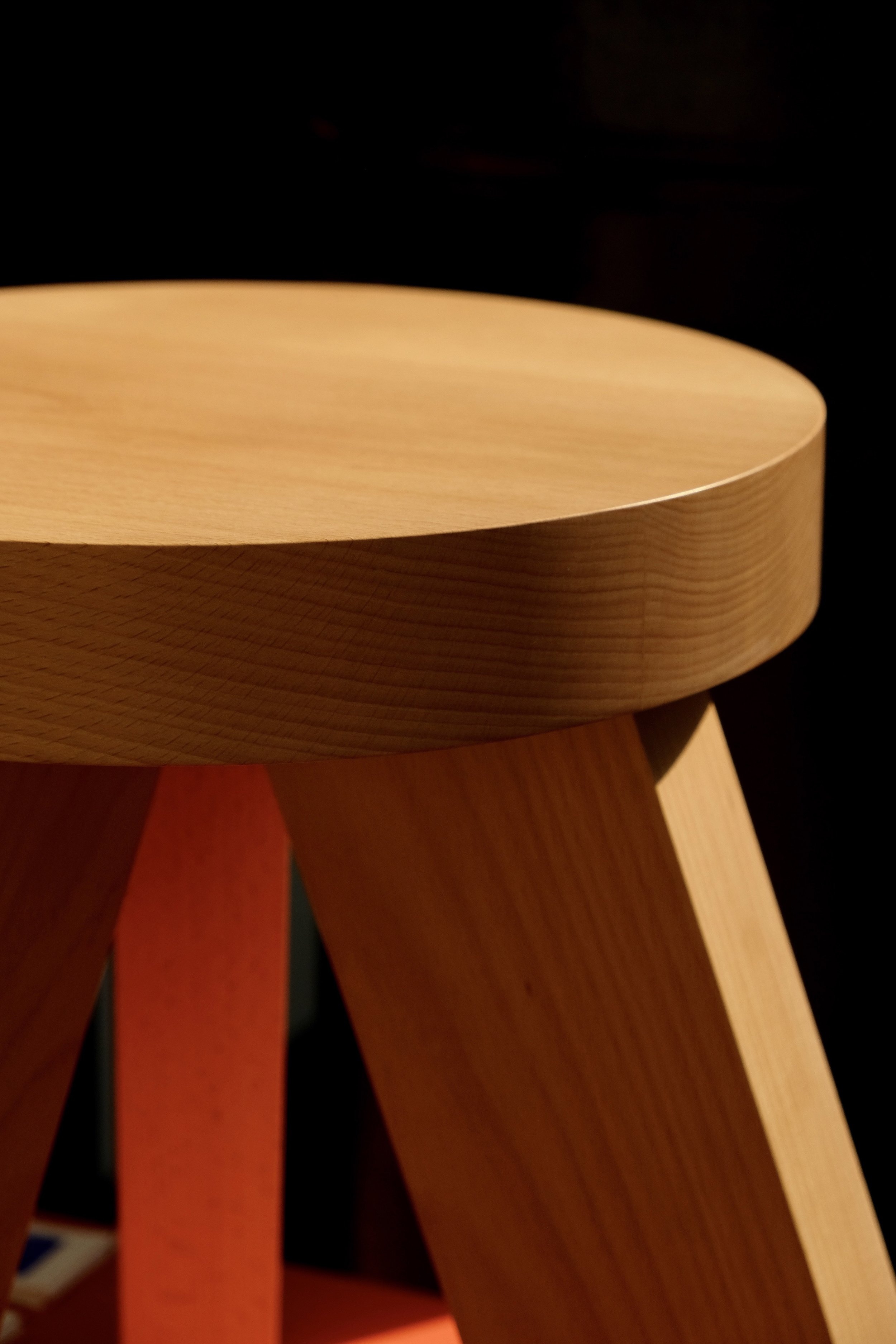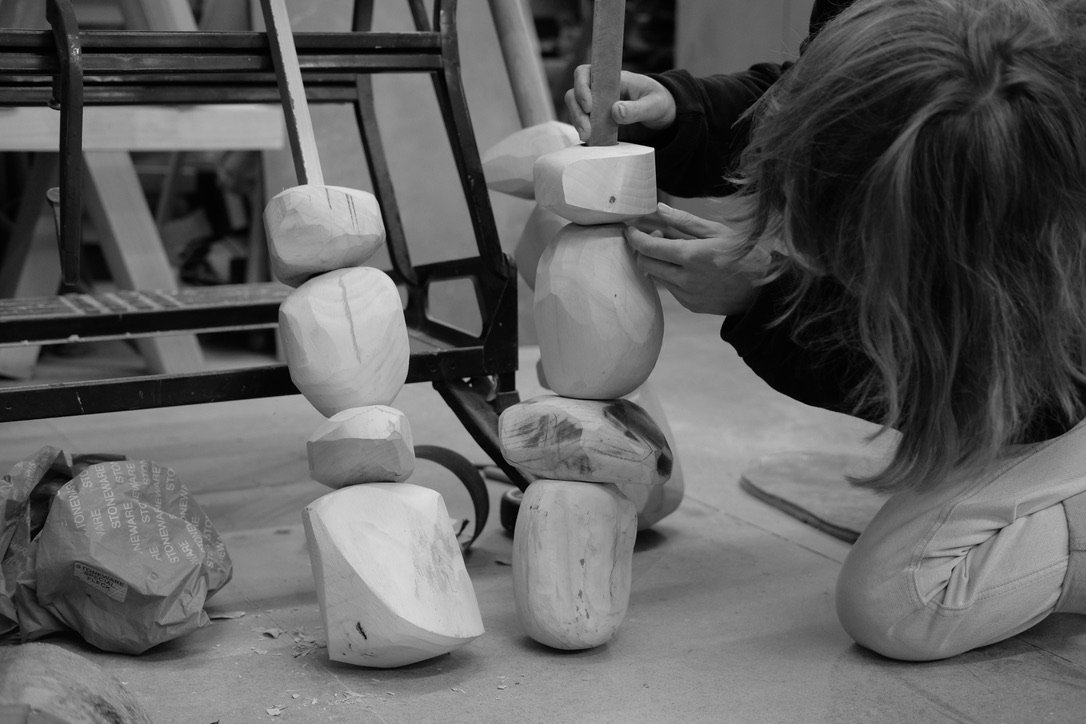Primitive Forms
Primitive Forms is a trio of feature tables translating the humble nature & processes of working with clay into furniture design.
Clay & wood - ceramics & woodwork; although different, share an ancient, progressive & truly purposeful history. Ceramics & woodwork combine artistic expression with life-enhancing functionality.
Throughout history, humans have exploited the symbiosis of clay & wood to enhance the quality of their everyday life. The strength, adaptability & durability of wood allowed for the building of resilient shelters & transport. Ceramics offered opportunity for cooking pots, storage vessels & an array of homeware to be made. Both materials & their associated crafts worked together to provide the essentials of everyday life.


Result:
Primitive Forms is a trio of feature tables translating the humble nature & processes of working with clay, into furniture design. The pieces are named Sleeper, Terra & Tor in reflection of the three basic qualities of clay: its raw state (refined standardised blocks); the ability to manipulate clay on a potters wheel; & clays plasticity to form an infinite number of shapes.
Sleeper displays the unadorned, elemental quality of clay.
Sleeper is made from solid white beech.
The name 'Sleeper' was chosen in reference to wooden railway sleepers used in the initial construction & development of the Primitive Forms collection. Comparisons could be made between the elemental cuts of wood, standardised blocks of clay, & the finished aesthetics of the stool.
Terra reflects the cylindrical form, suggestive of the majority of ceramic vessels.
Terra is turned from white beech, dyed rich orange-red in reference to the terracotta vessels which inspired the design.
The name 'Terra' was chosen for its origin, meaning earth; fundamentally what raw clay material is. When expanded to terracotta, the name invokes the image of its colour & common use in ceramics.
Tor represents the organic, malleable, & sculptural nature of clay.
Tor is hand-carved & shaped from birch, dyed black to best display its form. The finely finished surface & subtle grain accentuates the organic form of the piece.
The name 'Tor' was chosen because of the visual similarities shared with 'tor' rock formations.













